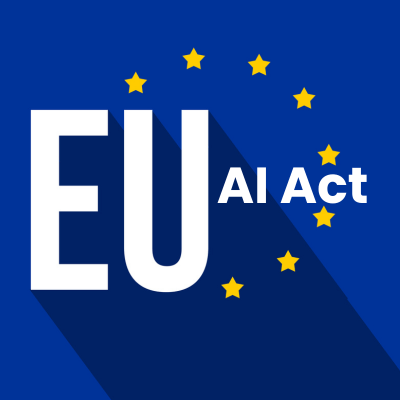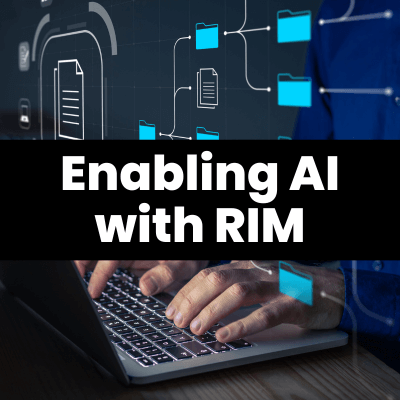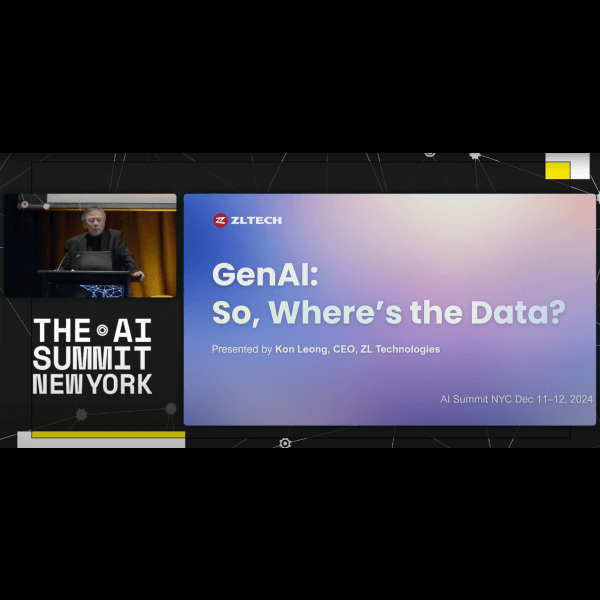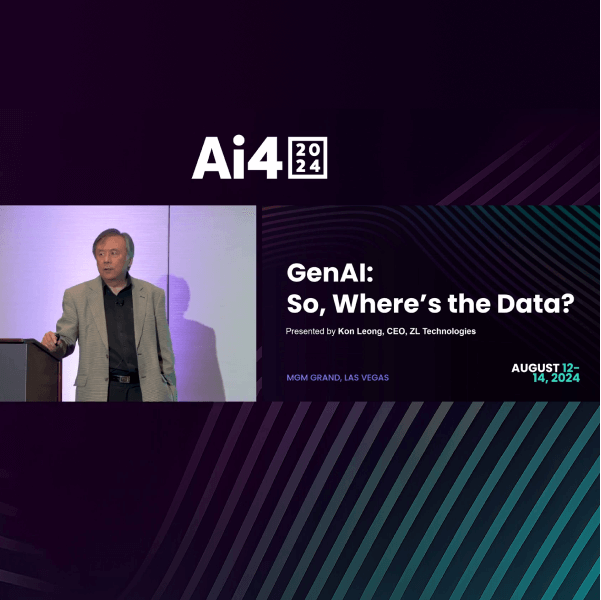Companies are rushing to adopt AI, often without taking the necessary foundational steps, especially data cleanup, required for building a robust AI system. The foundation of AI is data, and without high quality data, AI never has a chance.
AI has been a hot topic in the tech world since the 1980s, but wasn’t generally on the list of other industry's priorities until the launch of ChatGPT by OpenAI in 2022. The global adoption of GenAI has spiked, and as of 2024, companies are beginning to report value generated from their GenAI deployment. According to an AI report from McKinsey , more than 72% of the companies surveyed have adopted AI solutions in at least one business function.
Despite the GenAI hype, some companies have found their AI outputs are neither as reliable nor as consistent as they had hoped. Gartner predicted that about 30% of companies will abandon their GenAI project after proof-of-concept by the end of 2025.
Garbage in, Garbage out
While many principles apply to LLM and AI systems, the rule of “garbage in, garbage out” remains the most crucial. If an LLM is not trained with accurate and high-quality data, how can it generate the reliable answers that we’re looking for?
While there are many aspects of data preparation for AI, today we are going to talk about data cleanup. Just like maintaining personal health starts with cleanliness, the same concept applies when building a healthy GenAI system. By proactively cleansing data, you can mitigate risk, lower cost, ensure compliance, and reduce future complications.
And that's why data cleanup is the essential first step to get your data AI-ready.
How does data cleanup benefit your AI deployment?
- Improves AI output accuracy – Your data input for AI training decides the quality of your AI model. Training your AI system with inaccurate, outdated or broken data can lead to errors and increase hallucinations, while clean, precise data leads to more reliable and accurate results.
- Ensures compliance – Enterprises, especially those in regulated sectors like finance and healthcare, must comply with strict regulations. Operating in these industries often involves handling sensitive data, for examples customer information or internal records. A robust and effective data governance system is essential to ensure compliance and security. Without these data monitoring safeguards, organizations may face legal risks, security breaches, resulting in millions of dollars in fines.
- Prevents security breaches – Protect against accidental exposure of sensitive data, for example, Personally Identifiable Information (PII), or non-compliant data.
- Reduces training time – A clean and well-structured dataset accelerates the training process by reducing confusion and unnecessary data, leading to a more efficient AI model.
What data needs to be removed during data cleanup process for the best result of your AI applications?
- Personally Identifiable Information (PII): Whenever handling PII data, you should always follow relevant privacy laws like DGPR and CCPA. Carefully review your PII tags to identify any data related to PII and ensure it is either deleted or properly anonymized.
- Non-compliant data: Always make sure that your company follows the local data regulations, as many AI systems fall under the scope of existing laws. Besides privacy reasons, some countries like Germany and France had penalized companies because their AI systems did not have enough “transparency”. For example, Germany fined a Berlin-based bank for non-transparency around its automated credit card application system in 2023.
- Redundant, Obsolete, or Trivial (ROT) Data: ROT data could be any duplicate information, content that's no longer relevant, outdated data that's been replaced, and information that's no longer accurate. This data can negatively impact your AI system's performance and accuracy, leading AI systems to dispel false information.
- Inaccurate, biased, or unauthorized data: To avoid legal complications, it's crucial not to train your AI with any inaccurate information, biased language, or any data you don't have permission to use (like copyrighted data). For example, the New York Times has sued OpenAI for copyright violations. Remember, it’s almost impossible to train your AI model to “forget” any information that it’s already “learned”.
Have your AI technologies be steppingstones to success, not obstacles. Check out this blog for a step-by-step guide on data clean up strategies for your AI applications. With accurate and governed data, AI can create endless value. Afterall, AI technologies should help overcome obstacles, not create them!





